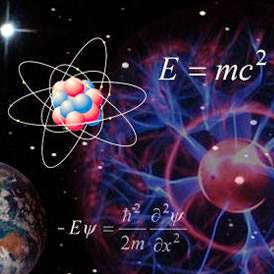Fig. 1. One of the first annihilations of an antiproton observed at the Bevatron with a photographic emulsion. The antiproton enters from the left. The fat tracks are from slow protons or nuclear fragments, the faint tracks from fast pions.
Image credit: O Chamberlain et al. 1956 Nuo. Cim. 3 447.
Topics: High Energy Physics, History, Particle Physics, Theoretical Physics
You may be familiar with the term "antimatter," especially if you've followed any fiction on star ships that latched on to the phrase. The discovery of the antiproton is coming up to its 60th birthday, and the authors from CERN, Claude Amsler and Christine Sutton - where the Higgs Boson was discovered - do a good job recounting the history and characters that discovered what is now common in our lexicon.
Sixty years after the discovery of the antiproton at Berkeley, a look at some of the ways that studies with antiprotons at CERN have cast light on basic physics and, in particular, on fundamental symmetries.
On 21 September 1955, Owen Chamberlain, Emilio Segrè, Clyde Wiegand and Tom Ypsilantis found their first evidence of the antiproton, gathered through measurements of its momentum and its velocity. Working at what was known as the "Rad Lab" at Berkeley, they had set up their experiment at a new accelerator, the Bevatron – a proton synchrotron designed to reach an energy of 6.5 GeV, sufficient to produce an antiproton in a fixed-target experiment (CERN Courier November 2005 p27). Soon after, a related experiment led by Gerson Goldhaber and Edoardo Amaldi found the expected annihilation "stars", recorded in stacks of nuclear emulsions (figure 1). Forty years later, by combing antiprotons and positrons, an experiment at the Low Energy Antiproton Ring (LEAR) at CERN gathered evidence in September 1995 for the production of the first few atoms of antihydrogen.
Over the decades, antiprotons have become a standard tool for studies in particle physics; the word "antimatter" has entered into mainstream language; and antihydrogen is fast becoming a laboratory for investigations in fundamental physics. At CERN, the Antiproton Decelerator (AD) is now an important facility for studies in fundamental physics at low energies, which complement the investigations at the LHC’s high-energy frontier. This article looks back at some of the highlights in the studies of the antiworld at CERN, and takes a glimpse at what lies in store at the AD.
CERN Courier: In the steps of the antiproton
Claude Amsler, Albert Einstein Center for Fundamental Physics, University of Bern, and Christine Sutton, CERN.


No comments:
Post a Comment